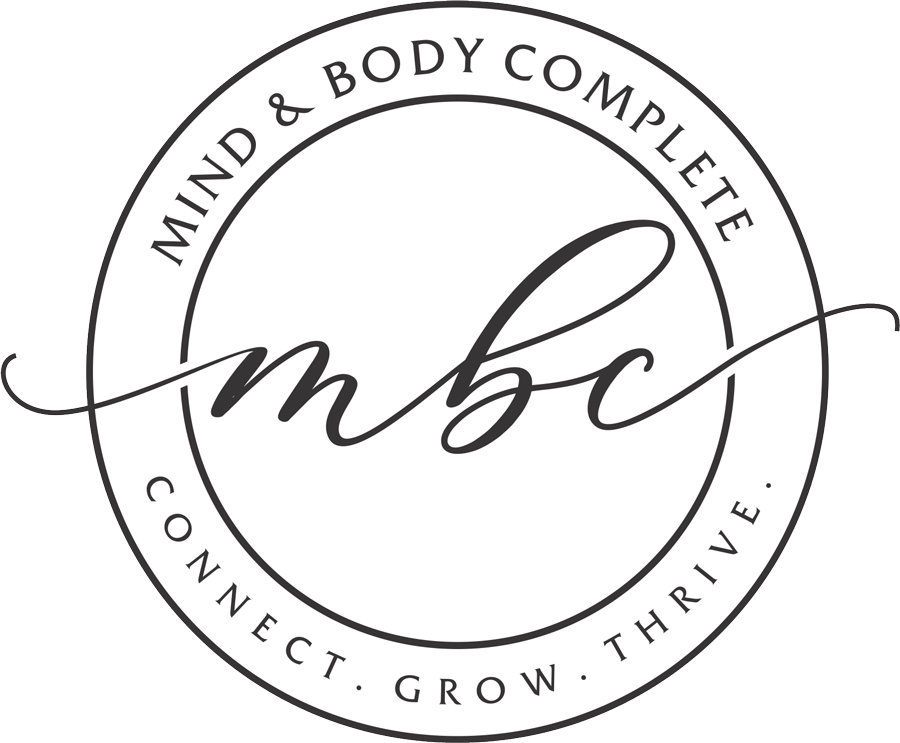Stress, though historically a human battle like no other, it has really become an almost ubiquitous part of life. I have made it my work to help us all find tools and tips to help manage and reduce stress, and one powerful tool is breathwork. Breathwork refers to various breathing techniques that can help calm the mind, reduce anxiety, and improve overall well-being. In this weeks blog, we will explore different breathwork techniques that you can incorporate into your daily routine to combat stress (don’t roll your eyes or skip this…it really works!). So let’s review breathwork techniques to reduce stress!
First, why does breathwork work?
Stress is a response to not feeling safe and puts our body in a fight/flight/freeze or fawn mode. Breathwork is effective in reducing stress primarily because it activates the parasympathetic nervous system, which is responsible for the body’s “rest and digest” functions. By engaging in controlled, deep breathing techniques, we can stimulate the vagus nerve, a critical component of the parasympathetic system. This activation counteracts the “fight or flight” response governed by the sympathetic nervous system, leading to a decrease in heart rate, blood pressure, and cortisol levels. As a result, breathwork promotes a state of relaxation, reduces anxiety, and enhances overall well-being by restoring balance to the autonomic nervous system (don’t just take this science- try it!).
1. Diaphragmatic Breathing (Belly Breathing)
What It Is:
Diaphragmatic breathing, also known as belly breathing, involves deep breathing that engages the diaphragm rather than the chest. This technique promotes relaxation by stimulating the parasympathetic nervous system.
How to Do It:
- Find a comfortable position: Sit or lie down in a comfortable position.
- Place your hands: Place one hand on your chest and the other on your belly.
- Inhale deeply: Take a slow, deep breath in through your nose, allowing your belly to rise as your diaphragm expands. Your chest should remain relatively still.
- Exhale slowly: Exhale slowly through your mouth, letting your belly fall.
- Repeat: Continue this breathing pattern for 5-10 minutes.
Benefits:
- Reduces heart rate
- Lowers blood pressure
- Promotes relaxation
2. Box Breathing (Square Breathing)
What It Is:
Box breathing, also known as square breathing, is a technique used to focus the mind and reduce stress. It involves breathing in a pattern of equal counts.
How to Do It:
- Inhale: Breathe in through your nose for a count of four.
- Hold: Hold your breath for a count of four.
- Exhale: Exhale slowly through your mouth for a count of four.
- Hold: Hold your breath again for a count of four.
- Repeat: Repeat this cycle for 5-10 minutes.
Benefits:
- Enhances focus and concentration
- Reduces stress and anxiety
- Promotes a sense of calm
3. 4-7-8 Breathing
What It Is:
The 4-7-8 breathing technique is designed to promote relaxation and reduce stress by regulating the breath.
How to Do It:
- Inhale: Inhale quietly through your nose for a count of four.
- Hold: Hold your breath for a count of seven.
- Exhale: Exhale completely through your mouth for a count of eight.
- Repeat: Repeat the cycle for four breaths initially, then gradually increase as needed.
Benefits:
- Calms the nervous system
- Helps manage anxiety
- Aids in falling asleep
4. Alternate Nostril Breathing (Nadi Shodhana)
What It Is:
Alternate nostril breathing, or Nadi Shodhana, is a yogic breathing practice that balances the left and right hemispheres of the brain and promotes relaxation.
How to Do It:
- Sit comfortably: Find a comfortable seated position.
- Close your right nostril: Use your right thumb to close your right nostril.
- Inhale through the left nostril: Breathe in slowly and deeply through your left nostril.
- Close your left nostril: Use your right ring finger to close your left nostril.
- Exhale through the right nostril: Exhale slowly through your right nostril.
- Inhale through the right nostril: Breathe in through the right nostril.
- Close your right nostril: Use your right thumb to close your right nostril again.
- Exhale through the left nostril: Exhale slowly through your left nostril.
- Repeat: Continue this pattern for 5-10 minutes.
Benefits:
- Balances the nervous system
- Reduces stress and anxiety
- Improves focus and clarity
5. Resonant Breathing (Coherent Breathing)
What It Is:
Resonant breathing, or coherent breathing, involves breathing at a rate of about five breaths per minute to achieve a state of relaxation.
How to Do It:
- Inhale: Breathe in through your nose for a count of five.
- Exhale: Exhale slowly through your nose for a count of five.
- Repeat: Continue this pattern for 10-20 minutes.
Benefits:
- Reduces stress and anxiety
- Lowers blood pressure
- Enhances overall well-being
6. Pursed Lip Breathing
What It Is:
Pursed lip breathing helps slow down the breathing process, making it more efficient and reducing stress.
How to Do It:
- Inhale: Breathe in slowly through your nose for a count of two.
- Purse your lips: Pucker your lips as if you were going to whistle.
- Exhale: Exhale slowly and gently through your pursed lips for a count of four.
- Repeat: Continue this pattern for 5-10 minutes.
Benefits:
- Improves oxygen exchange
- Reduces shortness of breath
- Promotes relaxation
Conclusion
Truly, by incorporating breathwork into your daily routine, you will have a powerful way to manage stress and improve your overall well-being. Each of these techniques offers unique benefits, so feel free to experiment and find the ones that work best for you. Remember, consistency is key – regular practice will yield the best results. Start with just a few minutes a day and gradually increase the duration as you become more comfortable with the techniques. Consider combining them with your favorite podcast or meditation as you practice. Happy breathing!







